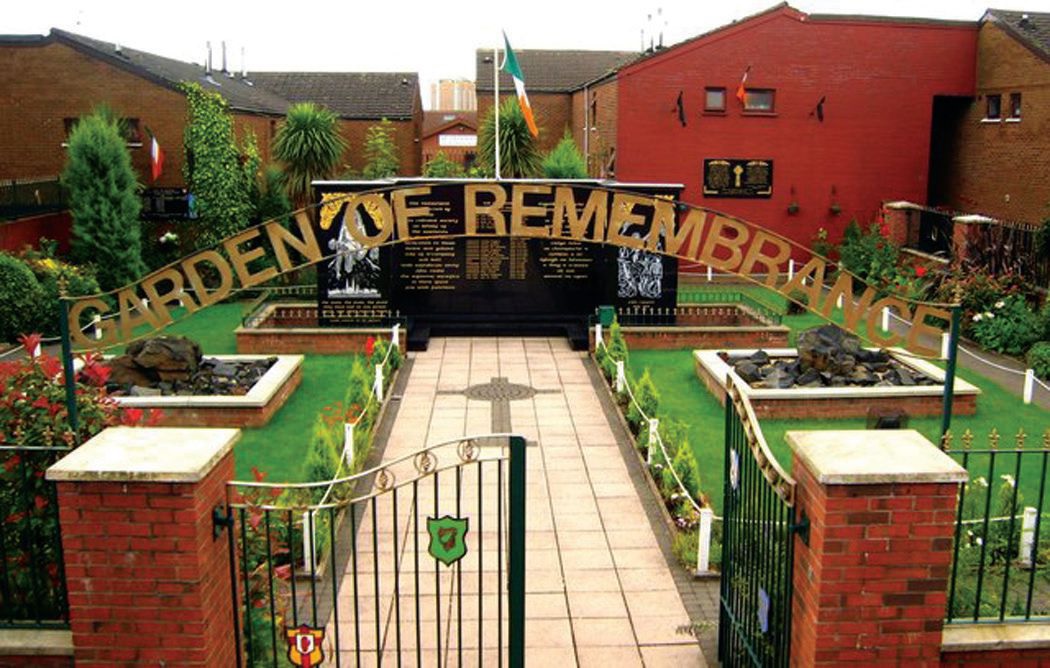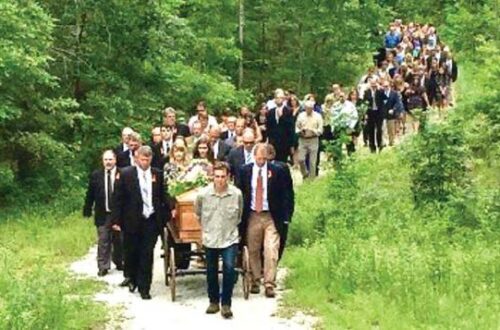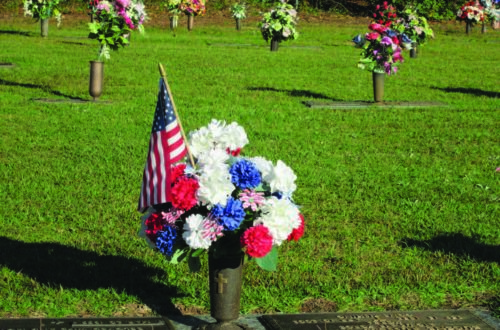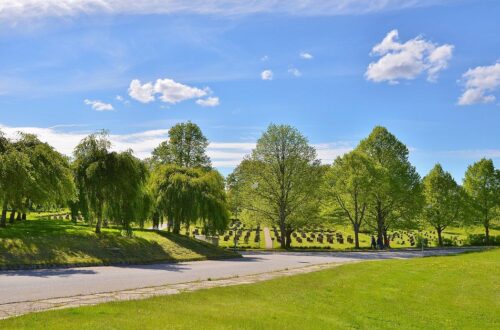Remembrance Gardens
I began my natural burial and home funeral education intensive in the UK over a decade ago, where the term commonly used to describe places for burying cremated remains is “remembrance garden”, not cemetery. I get that. Cremated remains – unlike bodies – can be challenging to keep track of. They no longer hang together well, lending themselves more readily than their body forms to jewelry, fireworks, creeks, canyons, and wind gusts. They can be shared, unlike their original forms, and parted out to family and friends for various and sundry destinations – and once gone, they’re gone. The remains don’t remain.
Cremated remains often get short shrift in the remembrance department. Burying cremated remains in a cemetery – where a marker and a place for the grandkids to visit is a foregone conclusion – isn’t nearly as pressing a task to complete as burying a body is (especially before the neighbors take note). Thus, the body burial has a physical place by default. In cremations, however, fire does the work much faster than soil can. No cemetery is required, and in just a matter of hours, all that’s left is bone ash and memories. No remembrance place is required.
For many, those remains end up being dispersed too quickly in the rush of decisions preceding the cremation, and a memorial place often falls by the wayside. “She said she wanted to be scattered somewhere pretty” is the last wish. So the family plans a trip, the pretty spot is found, and family members who wanted more for themselves or their descendants find themselves at odds with where to go to remember at a place after the pretty spot, probably far from home, did its work. People treasure both their memories and the places where they have them. Hence, remembrance gardens.
In the Cemetery or not?
While the burial of freshly deceased bodies is highly – and rightly – regulated, the disposition of cremated remains is not. The State has no more official interest in them; the cause of death was certified by the doctor, the body reduced to elemental form, and there are no potential health or environmental issues posed by bits of calcium making their way into the world. Microbeads pose a much greater threat than Uncle Harry’s bone meal.
Cremated remains are considered personal property in Oregon, so the use of a cemetery for burying them isn’t required by law – that means the garden is just fine. But a lot of people don’t have the luxury of garden property – they live in apartments, or they’ve got family members who’d like to visit a place (not your yard), or they want a family plot in a cemetery as a locus of familial connection for future descendants. In these cases, the cemetery makes sense.
While many US cemeteries still require vaults for the burial of cremated remains, an increasing number now offer natural burial (as in the wildflower gardens and fern forests of our Lane County cemeteries), making the possibility of direct bone-to-dust earth burial a reality, while also providing a long-term site that many prefer. But when conditions are right, there’s probably nothing better than an easy-to-reach remembrance garden blooming in a lovely corner in one’s own backyard. Either way, the best time to plan and plant is now.
Planting Grandma
While you don’t NEED Grandma’s remains in order to plant a backyard memory garden, a lot of us like the idea of associating plants directly with the remains of our relatives and pets. There’s something special about smelling flowers or picking fruit that’s likely sporting at least a molecule or two of our loved one in its color, taste, and scent. Whether you’re burying Grandma naturally in the cemetery or the yard, there are a couple of things to remember that will make her transition back to soil go well.
The main thing to know is that calcium compounds produced by the high heat of cremation aren’t bio-available to plant roots, so DO NOT PLANT DIRECTLY INTO CREMATED REMAINS. Your plants will die. Instead, think of the “ash” as a condiment – like salt – ideally used in small amounts, and mix it well with elemental soil and organic compost. Both are necessary to make the calcium compounds usable by plants. (In our cemeteries, we either mix the remains in or we use biodegradable urns, and the remains are buried deep enough so that roots are not an immediate problem
One final caution: if you’re superstitious, or will feel bad if your remembrance plant dies, don’t plant a seed or a seedling. Instead, plant a sapling – a seedling that’s a couple of years old and has a much better chance of surviving. Don’t plant on a meaningful anniversary – plant during the dormant season, when the time is right for the plant, not for the memory. Do this part right and you’ll enjoy many blooming anniversaries you can celebrate for years to come.
Cynthia Beal is the founder of the Natural Burial Company, the impulse behind the Sustainable Cemetery Studies Lab at Oregon State University, and the owner of two Lane County historical cemeteries in Eugene and Junction City, Oregon. You can download Natural Funeral Planner at www.naturalburialcompany.com






